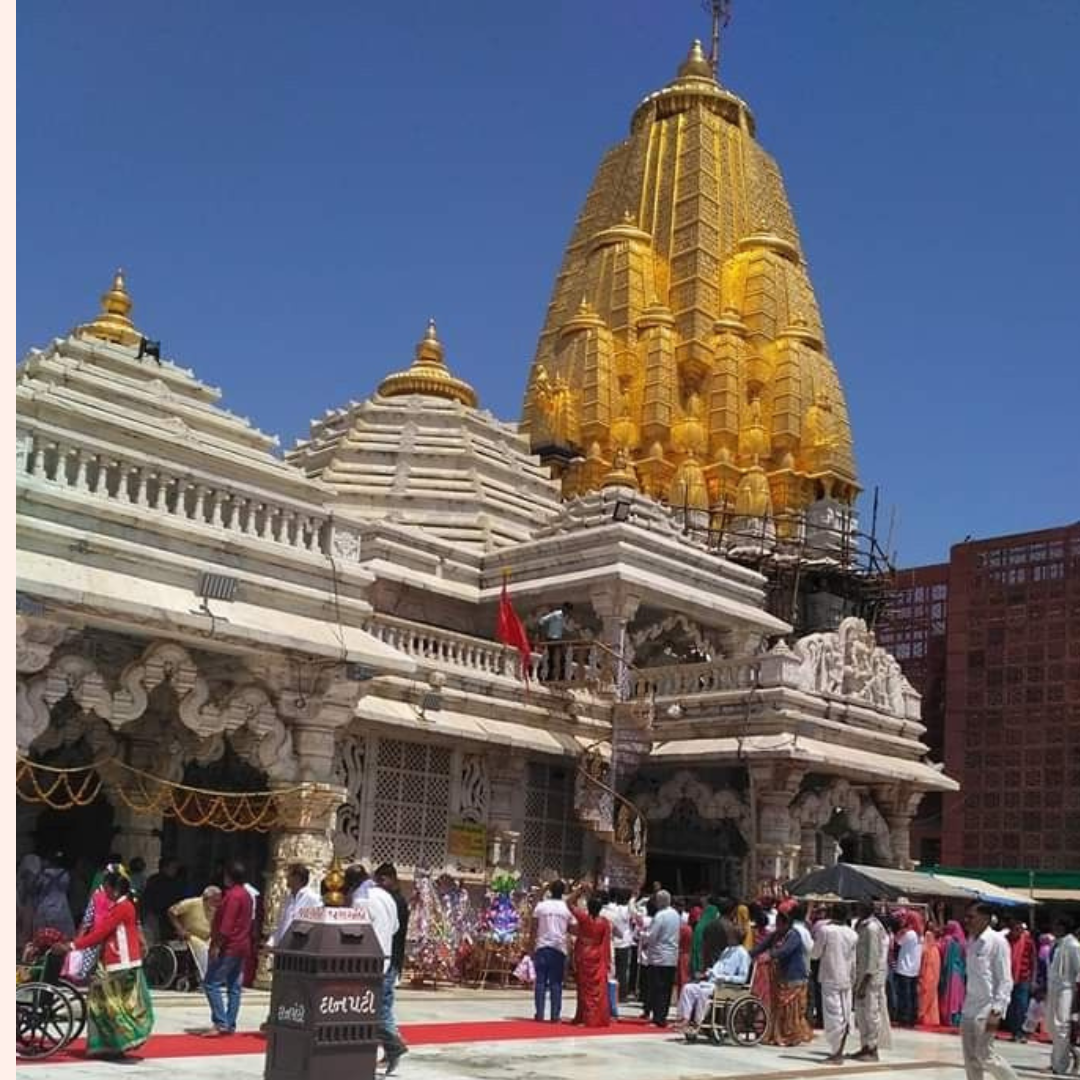Experience the Soul of India – Varanasi Expedia
From the sacred ghats of Varanasi to the hidden spiritual trails of India — begin your journey with us
Must-Visit Places in Varanasi – Experience the True Spirit of the City!
If you haven’t visited these places, you haven’t truly explored Varanasi. These are not just destinations — they are the heart and soul of the city. Don’t miss them!
Your Title Goes Here
Boats at Ganga Ghat
Tourists are often seen sitting in boats at Ganga Ghat, witnessing the beauty of all the ghats as they glide along the holy river. As the boat gently moves through the sacred waters of the Ganges, many immerse their hands into the flowing stream and sprinkle the divine water over themselves, seeking spiritual purification. Since it’s not allowed to carry the holy water from Varanasi’s sacred Ganga with them, they touch it with reverence — believing that just by coming in contact with this pure water, their soul is cleansed and sanctified.”
A Spiritual Morning at the Ganga Ghats of Varanasi
When tourists visit Varanasi, one of their most sacred and soul-touching experiences is witnessing the early morning rituals at the Ganga Ghats. As the sun rises, they head to the ghats for a holy dip in the River Ganga.
Taking a bath in the Ganges at dawn is not just a ritual — it’s a spiritual cleansing. Devotees believe that by bathing in the sacred waters, they purify their body, mind, and soul. It’s a moment of deep inner connection and reflection.
After the bath, they offer heartfelt gratitude. Holding water in their hands, they face the rising sun and pour it back into the river as an offering to Lord Surya (the Sun God). With folded hands and closed eyes, they pray:
“May our lives be guided towards good deeds. May our families stay happy and healthy. May we always walk the path of truth and kindness.”
This simple yet powerful ritual connects them to the divine energy of Varanasi — a place where the spiritual and earthly worlds meet.

